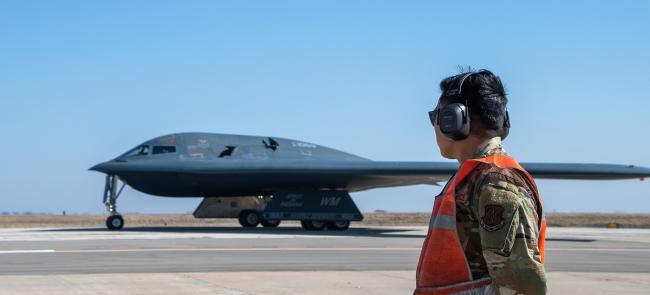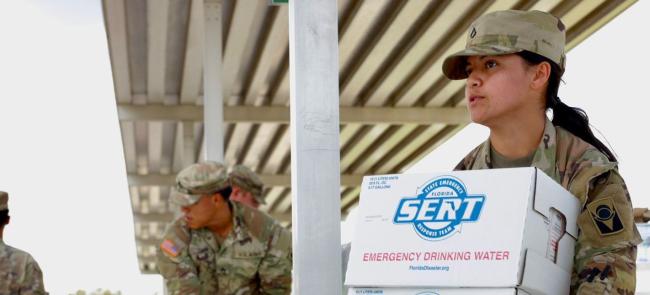
The diagnosis of eating disorders among service members rose 26 percent over a five-year period, according to a study, which also suggests the increase may be higher.
The Defense Health Agency’s Medical Surveillance Monthly Report found diagnoses of eating disorders increased from 2.3 per 10,000 in 2013 to 3 per 10,000 in 2016. The rate dipped slightly in 2017 to 2.9 per 10,000.
Stars & Stripes reported on the study.
The study authors wrote, “Results of the current study suggest that servicemembers likely experience eating disorders at rates that are comparable to rates in the general population, and that rates of these disorders are potentially rising among service members. These findings underscore the need for appropriate prevention and treatment efforts in this population.”
The study found that the diagnosis of an eating disorder was 11 times more likely for a female service member than a male. The rate among females was 11.9 cases per 10,000. More than 66 percent of diagnosed cases involved female troops.
Aside from anorexia, eating disorders are rarely evident. A person with anorexia will suffer an obvious loss of weight, but other disorders are less dramatic.
Bulimia, which is binging and purging through vomiting or use of laxatives, accounted for nearly 42 percent of the diagnoses. More than 46 percent were classified as “other,” including binge eating.
Because of the ability to conceal most disorders and the likelihood that sufferers will not seek medical help, the study concludes that the true incidence of eating disorders is underestimated.
“Their body weights and appearances are not suggestive of disordered eating, and their binge eating and compensatory behaviors usually take place in private,” the study authors wrote.
A diagnosed eating disorder lasting more than three months disqualifies a potential recruit from enlistment and could result in a military member’s medical separation.












